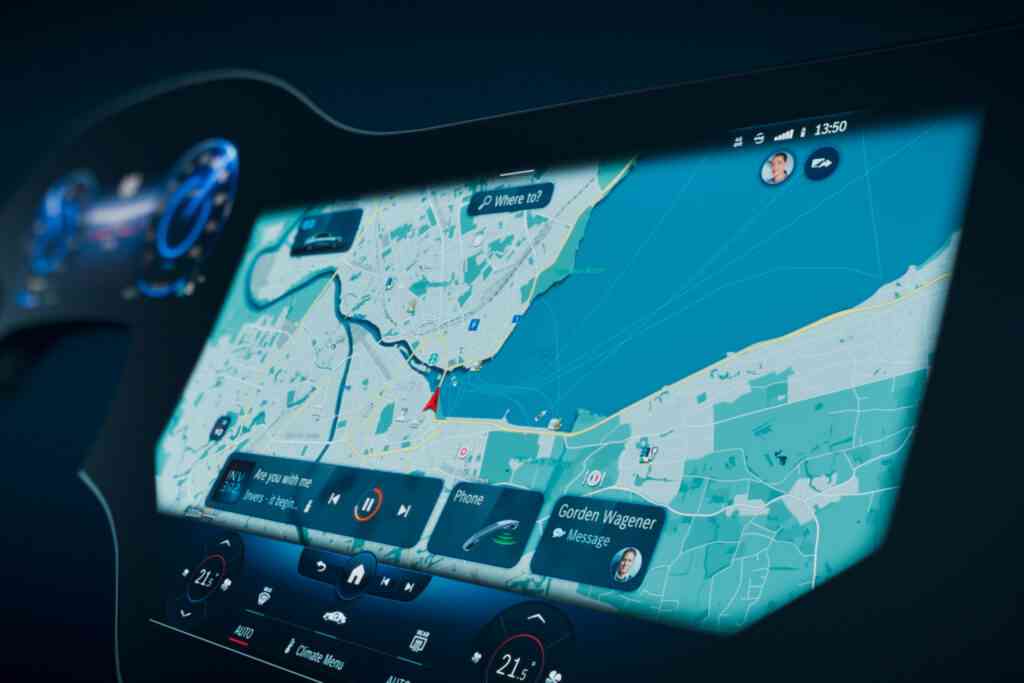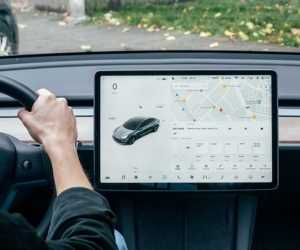Top 5 Trends that’ll Revolutionise the Automotive Industry in 2022

The rapid pace of technological change and innovation has revolutionized the automotive industry, with a shift toward electric, autonomous, and smart vehicles, connected technology, and much more.
What led to these trends is the need for safer, more reliable, efficient, green, and affordable transport. Automobile manufacturers have been working proactively to identify areas of improvement and build cars that will save time and lives. Here is a look at some of the trends that will revolutionize the automotive industry and the way we travel and interact with vehicles.
- Connectivity
Connected vehicle technology enables buses, trucks, trains, and cars to communicate with devices that transmit important safety, mobility, and weather data. The main types of technology are vehicle to vehicle, infrastructure, network, grid, device, pedestrian, and cloud. Accessing dedicated short-range communication systems, 5G, and LTE enables vehicles to communicate with pedestrian devices, data centers, and nearby vehicles. Drivers receive broadcast alerts regarding weather, congestion, and accidents.

Vehicle to infrastructure communication involves exchange of data between vehicles and road infrastructure such as parking meters, road signs, lane markers, streetlights, traffic lanes, and cameras. Vehicle to cloud communication enables remote diagnostics, software updates, and communication with digital assistants and household appliances. Vehicle to vehicle communication enables the sharing of important information between vehicles, including speed limits, road conditions, and traffic.
Connectivity offers a number of benefits such as remote access to various software features, advanced navigation systems, and access to a broad range of entertainment and infotainment services.
- Self-Driving Vehicles
Self-driving or autonomous vehicles are about to become a reality in the coming years. It is predicted that full automation will save hundreds of thousands of lives a year. A report by the U.S Department of Transportation shows that 94 percent of all fatal crashes result from human error, and autonomous vehicles have the potential to reduce the rate of roadway fatalities. Besides safety on the road, self-driving vehicles will reduce greenhouse gas emissions, give people more free time for work and rest, and help elderly people and those with sensory and physical impairments become more mobile. Further benefits are reduced transportation costs and travel time, lower fuel consumption, and increased lane capacity.
Also, driver-assisted technologies and autonomous vehicles have multiple applications in transport and delivery. They can be used as delivery robots, for passenger transportation and municipal and freight services, and as robo-taxis. Robotic delivery, for example, is a last mile solution for places such as grocery stores, pharmacies, and restaurants, facilitating safer, cost-effective, and faster delivery.
- Use of Harder Steels
One of the latest trends in the automotive industry is the use of harder or high-strength steels for chassis and body components. Harder steels contribute to vehicle light weighting, reduce wear and tear, and improve lifetime. Not only is the structure lighter and corrosion-resistant but it is also more fuel efficient. As high-strength steels are more difficult to grind, specialized adhesives are used to speed up grinding. The cutting and grinding of these harder steel components requires high quality and precision crafted diamond grinding wheels and cutting tools, but the resulting weight reduction is worth it.
- Artificial Intelligence
Utilizing algorithms and data to train systems to learn independently, artificial intelligence has a wide array of applications in the automotive industry, including production and post-production, supply chain, and design of vehicles.
In manufacturing, AI is used for supply chain optimization, vehicle assembly, and handling manual repetitive tasks. Manufacturers also use AI-enabled systems for volume and demand forecasting, forecasting and inventory replenishment, and automated SCM decisions. AI solutions also help improve quality control by identifying defects, crack detection, and predictive monitoring.
Artificial intelligence is also used for driver monitoring and risk assessment and predictive maintenance. AI-enabled systems help predict potential problems related to battery and engine performance and ensure the reliability and security of vehicles. AI-systems for driver monitoring are used for real-time risk assessment to avoid potentially dangerous emergency situations.
By analyzing the driver’s history and behaviors, the software can predict potential problems due to absent-mindedness, driver fatigue, and sleepiness as well as sense current mood based on on-road behavior. AI can motor driving behavior and the driver’s vitals and take control in case of racing heart beat or shallow breathing to prevent an accident.
As AI-powered systems can process vast amounts of data, they help increase data security and offer actionable insights. There are already applications for in-vehicle cybersecurity that help uncover potential threats and anomalies. It has also made things like tire dealer software products a possibility.
- In-Car Entertainment
In-car entertainment is nothing new and hardly a revolutionary trend but new technologies are set to change the way we travel and interact with the world. The vehicle itself will become a moving entertainment space with surround-sound, high-definition visuals, and interactive media experiences.
We can look forward to new forms of multiplayer entertainment, augmented reality window displays, and custom music systems. Passengers and drivers will communicate with the vehicle’s infotainment and navigation systems to get entertainment and personalized guidance.
In-car shopping technologies will accelerate the shift to digital and elevate the buyer experience. Innovations that we are likely to see in the near future are our own holographic personal shoppers and AI-powered virtual assistants beamed right into our vehicles.
Afterthoughts
Self-driving vehicles, connected technology, and interactive entertainment will revolutionise the way we travel and spend our leisure time. As innovation and progress know no bounds, we also expect e-air taxis, pilotless helicopters, and flying cars that will free up roads for pedestrians, reduce traffic pollution, and make cities more liveable.
Read more on
Have you checked us out on Instagram.
Check us out here.Related Stories
Advertisement Advertisement
Advertisement Advertisement
Advertisement

